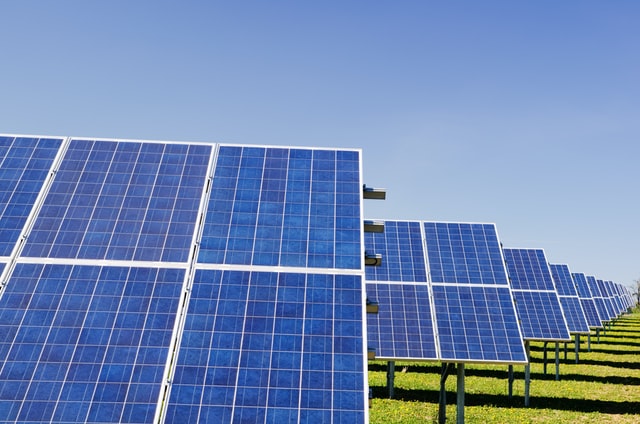India has reached a significant milestone in its renewable energy journey, with the country’s total renewable energy capacity crossing the 200 GW (gigawatt) mark as of October 10, 2024.
According to the Central Electricity Authority, the total renewable energy-based electricity generation capacity now stands at 201.45 GW.
This achievement underscores India’s growing commitment to clean energy and its progress in building a greener future. This milestone reflects the result of years of dedicated efforts to harness India’s natural resources.
From sprawling solar parks to wind farms and hydroelectric projects, the country has steadily built a diverse renewable energy base. These initiatives have not only reduced reliance on fossil fuels but also strengthened the nation’s energy security.
When factoring in the 8,180 MW (megawatt) of nuclear capacity, the total non-fossil fuel-based power now accounts for almost half of the country’s installed electricity generation capacity, signalling a strong move toward clean energy leadership on the global stage.
Overview of India’s Renewable Energy Landscape
India’s total electricity generation capacity has reached 452.69 GW, with renewable energy contributing a significant portion of the overall power mix.
As of October 2024, renewable energy-based electricity generation capacity stands at 201.45 GW, accounting for 46.3 per cent of the country’s total installed capacity. This marks a major shift in India’s energy landscape, reflecting the country’s growing reliance on cleaner, non-fossil fuel-based energy sources.
A variety of renewable energy resources contribute to this impressive figure. Solar power leads the way with 90.76 GW, playing a crucial role in India’s efforts to harness its abundant sunlight. Wind power follows closely with 47.36 GW, driven by the vast potential of the coastal and inland wind corridors across the country.
Hydroelectric power is another key contributor, with large hydro projects generating 46.92 GW and small hydropower adding 5.07 GW, offering a reliable and sustainable source of energy from India’s rivers and water systems.
Biopower, including biomass and biogas energy, adds another 11.32 GW to the renewable energy mix. These bioenergy projects are vital for utilizing agricultural waste and other organic materials to generate power, further diversifying India’s clean energy sources.
Together, these renewable resources are helping the country reduce its dependence on traditional fossil fuels while driving progress toward a more sustainable and resilient energy future.
Top 4 States in India in terms of Renewable Energy Capacity
Several states in India have emerged as leaders in renewable energy capacity, contributing significantly to the nation’s progress.
- Rajasthan tops the list with an impressive 29.98 GW of installed renewable energy capacity, benefiting from its vast land and abundant sunlight.
- Following closely is Gujarat, which boasts a capacity of 29.52 GW, driven by its strong focus on solar and wind energy projects.
- Tamil Nadu ranks third with 23.70 GW, leveraging its favourable wind patterns to generate substantial energy.
- Karnataka rounds out the top four with a capacity of 22.37 GW, supported by a mix of solar and wind initiatives.
Together, these states play a crucial role in advancing India’s renewable energy goals and establishing a more sustainable energy future.
Key Schemes and Programmes
The Government of India has implemented a range of measures and initiatives aimed at promoting and accelerating renewable energy capacity across the nation, with an ambitious target of achieving 500 GW of installed electric capacity from non-fossil sources by 2030.
Key programs include the National Green Hydrogen Mission, PM-KUSUM, PM Surya Ghar, and PLI schemes for solar PV modules.
Wrapping Up

India’s renewable energy journey has reached a significant milestone, marked by the impressive achievement of over 200 GW of installed capacity.
This accomplishment is a testament to the nation’s commitment to a sustainable energy future, driven by a diverse array of renewable sources, including solar, wind, hydro, and bioenergy.
The proactive initiatives such as the National Green Hydrogen Mission, PM-KUSUM, PM Surya Ghar, and the PLI schemes for solar PV modules underscore the government’s strategic focus on enhancing energy generation capacity while reducing reliance on fossil fuels.
With ambitious targets set for the future, including a goal of 500 GW from non-fossil sources by 2030, India is well-positioned to emerge as a global leader in renewable energy, contributing to environmental sustainability and energy security.
These ongoing efforts reflect a holistic approach to building a greener economy, ensuring that India not only meets its energy needs but also addresses the pressing challenges of climate change and resource conservation.
The article is taken from the press release by India’s Ministry of New and Renewable Energy.






Add comment